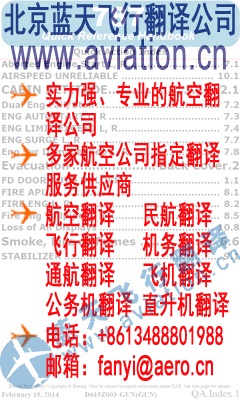To view this page ensure that Adobe Flash Player version
9.0.124 or greater is installed.
曝光台 注意防骗 网曝天猫店富美金盛家居专营店坑蒙拐骗欺诈消费者
Approaches (actual or simulated)
Time with specific GPS navigator
Time with specific autopilot
Step 2(a): Record certification, training, & recent experience.
Step 3(a): Enter values for experience / comfort in turbulence.
Experience & “Comfort Level” Assessment Wind & Turbulence
SE ME Make/ Model
Turbulence
Surface wind speed
Surface wind gusts
Crosswind component
Step 3(b): Enter values for performance.
Experience & “Comfort Level” Assessment Performance Factors
SE ME Make/ Model
Performance
Shortest runway
Highest terrain
Highest density altitude
2 3
Appendix 5 Aviation Weather Analysis Forms
CURRENT CONDITIONS (from METARs)
Turbulence Ceiling & Visibility Visibility & Performance Trends
Place Time Wind Visibility Weather Ceiling Temp/Dewpt Altimeter
FORECAST CONDITIONS (from TAFs)
Turbulence Ceiling & Visibility
Place Time Wind Visibility Weather Ceiling
WINDS ALOFT
Turbulence Visibility & Performance
Place Altitude Wind Temp
Preflight Guide v. 1.3
Appendix 6
Weather Analysis Checklists – VFR Flight
Ceiling & Visibility
.
How much airspace do I have between the reported/forecast ceilings and the terrain along my route of flight? Does this information suggest any need to change my planned altitude?
.
If I have to fly lower to remain clear of clouds, will terrain be a factor?
.
How much ground clearance will I have?
.
Do I have reliable ceiling information?
.
Will I be over mountainous terrain or near large bodies of water where the weather can change rapidly, or where there may not be a nearby weather reporting station?
.
What visibility can I expect for each phase of flight (departure, enroute, destination)?
.
Given the speed of the aircraft, expected light conditions, terrain, and ceilings, are the reported and forecast visibility conditions sufficient for this trip?
.
Are there conditions that could reduce visibility during the planned flight? (Hint: look for indications such as a small and/or decreasing temperature/dew point spread).
.
Are reported and forecast ceiling & visibility values above my personal minimums?
Aircraft Performance
.
中国通航网 www.ga.cn
通航翻译 www.aviation.cn
本文链接地址:General Aviation Pilot’s Guide to Preflight Weather Planning, Weather Self-Briefings, and Weather Decision Making(21)
| 



